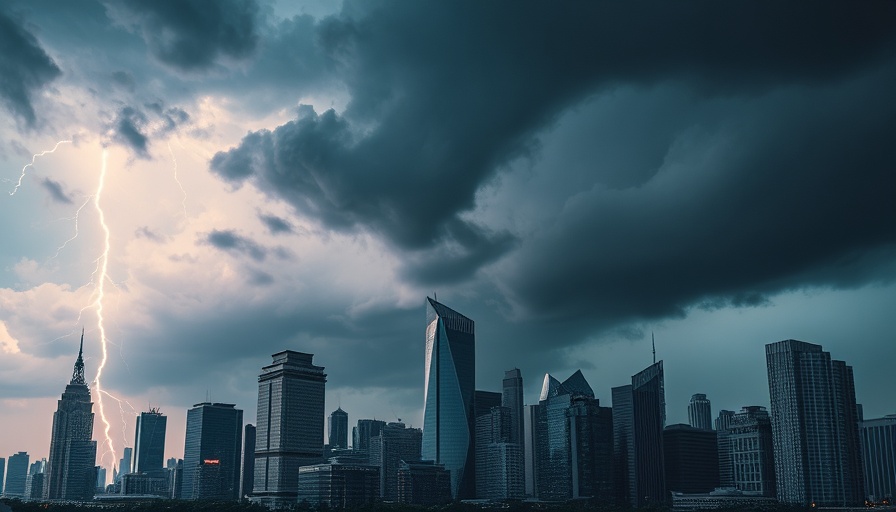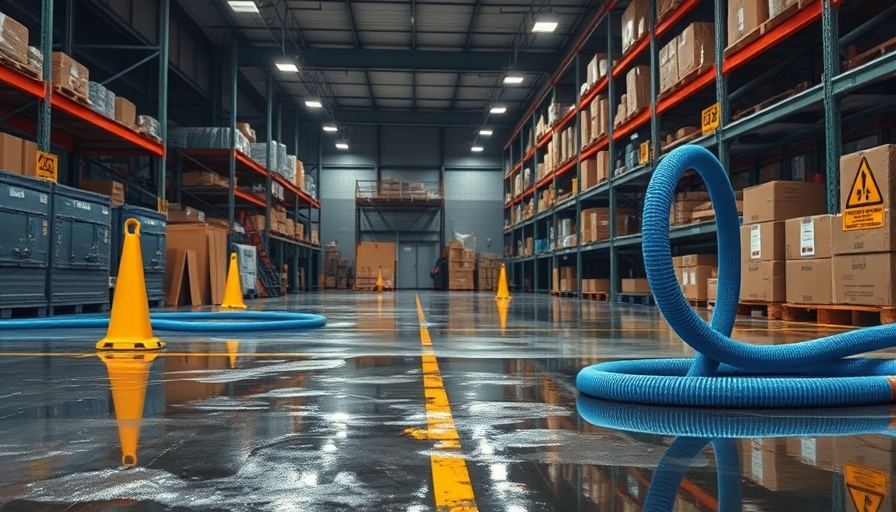
Understanding Hurricane Risks for Your Business
As we head into hurricane season, it's critical for businesses in hurricane-prone areas, especially those on coastal regions like St. Simons Island and Jekyll Island, to recognize the dangers posed by these natural disasters. Hurricanes can ravage commercial properties with powerful winds and heavy rains, potentially leading to substantial financial losses and extended downtime.
The Importance of Early Preparedness
Preparation is the key to minimizing damage when hurricanes strike. According to meteorological predictions, 2024 is anticipated to be an extremely active hurricane season, making it crucial for businesses to focus on preparedness plans. Unlike other natural disasters that happen abruptly, hurricanes can give businesses time to formulate vivid strategies to protect their properties and employees.
Creating a Comprehensive Hurricane Preparedness Plan
A practical hurricane preparedness plan should cover several key areas:
- Conduct a Risk Assessment: Identify vulnerable areas of your property, assess potential impacts on operations, and consider backup plans for critical assets.
- Assemble an Emergency Response Team: Form a team to manage preparation efforts, ensuring clear roles and responsibilities.
- Communication Strategy: Implement systems for informing employees about the storm's status and the company's response plans.
Protecting Your Physical Assets
Securing your facilities is equally as critical. This includes:
- Boarding up windows and sealing doors to prevent water infiltration.
- Storing important documents and IT equipment in safer, elevated areas.
- Checking your insurance policies to ensure adequate coverage for severe storms.
Emergency Supply Kit Essentials
Each business should have an emergency supply kit that includes:
- Non-perishable food and bottled water for essentials.
- Flashlights, batteries, and power sources for backup.
- First aid supplies and important documentation that are easily accessible.
Future Forecasting and Business Continuity
Following hurricane preparedness protocols is not just about safeguarding physical assets. It's also about maintaining business continuity through strategic planning. Organizations should consider how they can bounce back quickly after a storm. This often necessitates investing in emergency supplies, emergency response trainings, and technology that can help sustain operations even during adverse conditions.
The Role of Technology in Hurricane Preparedness
Incorporating technology into your preparedness strategy can offer data and communication advantages. For instance, using automated systems announces timely updates about storm trajectories and severity. Cloud computing also plays a vital role by ensuring the important data is accessible regardless of location.
Employee Safety and Support
Above all, ensuring employee safety should be the top priority during hurricane season. Companies on coastal areas should have structured strategies to check on staff during and after severe weather events. Establishing an effective communication plan that engages employees can make a significant difference in their safety and recovery.
As the 2024 hurricane season approaches, it’s the responsibility of businesses to implement these strategies before disaster strikes. Preparation is vital—not just for safeguarding buildings and assets, but for securing the lives and livelihoods of everyone involved. Don't wait for the storm; start planning now.
 Add Row
Add Row  Add
Add 



Write A Comment